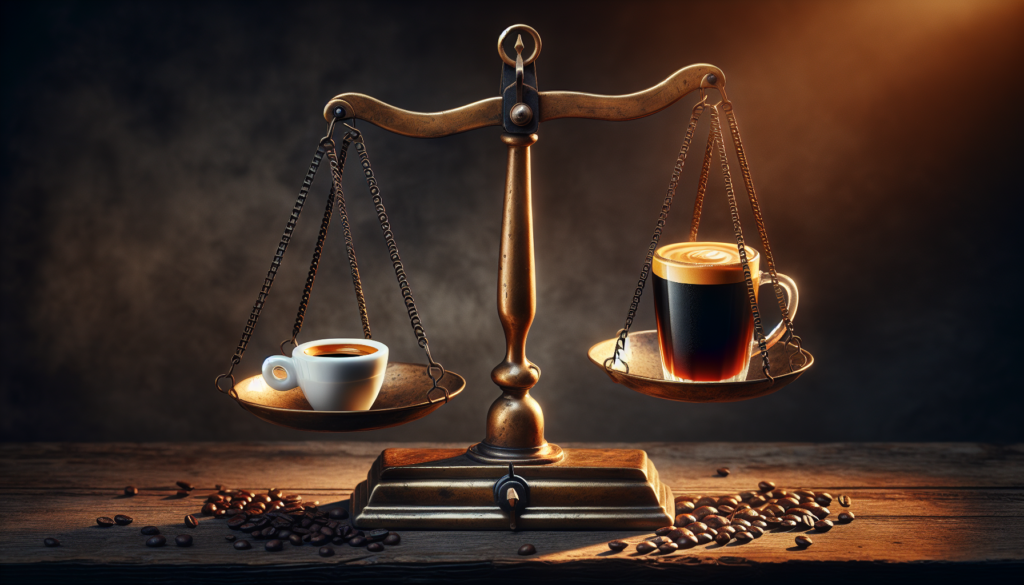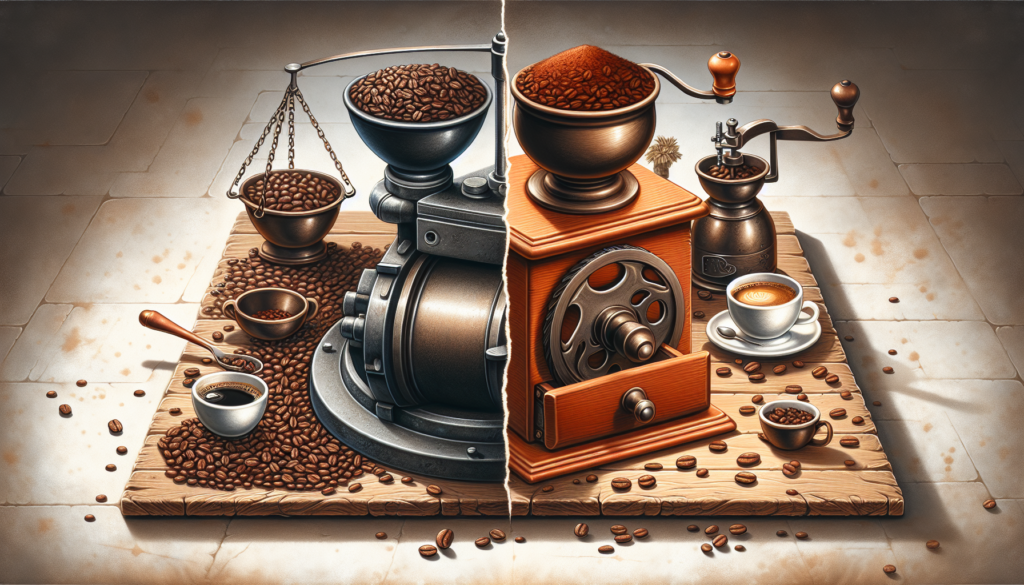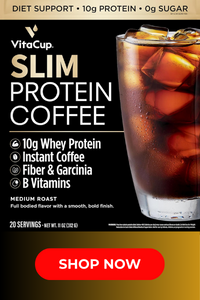So, you’re taking a morning stroll, craving that caffeine fix to jumpstart your day, and you find yourself at a coffee shop. As you peruse the menu, you come across options like espresso and regular coffee. Now, you can’t help but wonder, are these two shots of espresso equivalent to a regular cup of joe? Well, let’s break it down and unravel the mystery behind the difference, or perhaps, similarity, between 2 shots of espresso and a cup of coffee.

Overview
Definition of espresso and coffee
Espresso and coffee are both popular beverages enjoyed by people all over the world. While they may seem similar, there are distinct differences between the two. Espresso is a concentrated coffee beverage that is brewed by forcing pressurized hot water through finely ground coffee beans. The result is a small shot of rich, intense flavor. Coffee, on the other hand, is made by steeping ground coffee beans in hot water, resulting in a larger volume of liquid with a milder taste.
Flavor and Strength
Difference in flavor profile
When it comes to flavor, espresso and coffee have distinct profiles. Espresso is known for its strong and bold taste, often described as intense and robust. The brewing process of espresso extracts more of the coffee’s oils and solids, giving it a deeper and more concentrated flavor. Coffee, on the other hand, is typically milder in taste, with a range of flavors depending on the type of beans used and the brewing method employed.
Caffeine content comparison
While both espresso and coffee contain caffeine, the concentration differs. Espresso is known for its higher caffeine content per ounce compared to coffee. A single shot of espresso, which is typically about 1 ounce, contains approximately 63 milligrams of caffeine. In contrast, a standard cup of coffee, usually around 8 ounces, can range from 95 to 200 milligrams of caffeine, depending on the type of coffee and brewing method. It’s important to note that the actual caffeine content can vary based on various factors such as bean type, roast level, and serving size.
Preparation
Brewing methods for espresso
Espresso is brewed using specialized equipment, typically an espresso machine. The process involves finely grinding coffee beans and tightly packing the grounds into a portafilter. Hot water is then forced through the grounds under high pressure, resulting in the extraction of the intense coffee flavor. The brewing time for espresso is relatively short, usually taking about 25 to 30 seconds. This method requires skill and precision to achieve the perfect balance of flavors.
Brewing methods for coffee
Coffee can be brewed using various methods, including drip brewing, French press, pour-over, and cold brewing. Drip brewing, also known as filter brewing, involves pouring hot water over a filter containing ground coffee. The water then drips through the coffee and into a carafe. French press brewing involves steeping coarsely ground coffee in hot water, and then pressing a plunger to separate the liquid from the grounds. Pour-over brewing requires pouring hot water slowly and directly onto a filter containing coffee grounds. Cold brewing involves steeping coffee grounds in cold or room temperature water for an extended period, usually 12 to 24 hours.
Size and Volume
Standard serving sizes
The serving sizes for espresso and coffee differ. Espresso is traditionally served in small shot glasses or cups, with a standard serving size being around 1 to 1.5 ounces. Coffee, on the other hand, is typically served in larger cups or mugs, with a standard serving size ranging from 6 to 8 ounces. However, it’s important to note that serving sizes for both beverages can vary depending on personal preference and cultural norms.
Espresso shot vs. cup of coffee
While the volume of a single shot of espresso and a cup of coffee may differ, the concentration of flavor and caffeine content should be considered. A single shot of espresso, despite its small size, contains a concentrated dose of caffeine and flavor due to the brewing method. On the other hand, a cup of coffee may have a milder taste and a higher volume of liquid, but the caffeine content can still vary depending on factors such as the type of coffee bean and brewing method used.

Beverage Composition
Ingredients in espresso
Espresso is a simple beverage composed of two main ingredients: coffee beans and water. The quality and type of coffee beans used greatly impact the flavor of the espresso. Additionally, some espresso shots may have a crema, a golden foam that forms on top of the shot, which is a result of the brewing process.
Ingredients in coffee
Coffee typically consists of two ingredients: coffee beans and water. However, there are various ways to enhance the flavor of coffee, such as adding milk, sugar, or flavored syrups. These additional ingredients can significantly alter the taste and composition of the coffee.
Effects on the Body
Short-term effects of espresso
In the short term, consuming espresso can have several effects on the body. Due to its higher caffeine content, espresso can provide a quick energy boost and improve mental alertness. It can also enhance concentration and focus, making it a popular choice for those needing a quick pick-me-up. However, it’s important to note that excessive consumption of espresso or caffeine in general may lead to side effects such as increased heart rate, jitteriness, and trouble sleeping.
Short-term effects of coffee
Similarly, drinking coffee can have immediate effects on the body. The caffeine in coffee stimulates the central nervous system, providing a temporary increase in energy and alertness. Coffee can also improve mood and reduce feelings of fatigue. However, just like espresso, excessive consumption of coffee can lead to undesirable effects such as restlessness, anxiety, and insomnia.
Long-term effects of both beverages
When consumed in moderation, both espresso and coffee can have potential long-term health benefits. Research suggests that regular coffee consumption, due to its antioxidant properties, may reduce the risk of certain diseases such as type 2 diabetes, Parkinson’s disease, and liver cancer. Similarly, moderate espresso consumption has been associated with potential benefits, including improved cognitive function and reduced risk of stroke. However, it’s important to note that individual responses to caffeine can vary, and excessive consumption of either beverage may have negative effects on health.
Price Comparison
Cost of espresso vs. coffee
The cost of espresso and coffee can vary depending on various factors such as location, quality of beans, and brewing methods. Generally, a cup of coffee is less expensive than a shot of espresso. This price difference can be attributed to the additional time and effort required to brew espresso, as well as the higher quality coffee beans often used in espresso. However, it’s worth noting that specialty coffee beverages, such as lattes and cappuccinos, which are made with espresso, may be more expensive than a plain cup of coffee due to added ingredients and preparation.
Popularity and Consumption
Popularity of espresso
Espresso has gained significant popularity in recent years. It has become a staple in many coffee shops and cafés worldwide, offering a wide range of flavors and variations. Espresso-based beverages such as lattes, cappuccinos, and macchiatos have become favorites among coffee enthusiasts who appreciate the rich and concentrated flavor of espresso.
Popularity of coffee
Coffee, in general, is one of the most widely consumed beverages globally. It is deeply ingrained in many cultures and is enjoyed in various forms, including black coffee, iced coffee, and specialty drinks such as mochas and frappuccinos. Coffee shops and franchises dedicated to serving coffee have become ubiquitous, catering to the widespread demand for this beloved beverage.
Consumption statistics
While exact consumption statistics may vary across countries and regions, coffee remains a popular choice for many people. In the United States alone, it is estimated that around 64% of adults drink at least one cup of coffee daily. Similarly, espresso consumption has seen significant growth, with an increasing number of people opting for espresso shots or espresso-based beverages as their go-to caffeine fix.
Health Considerations
Potential health benefits of espresso
Moderate consumption of espresso has been associated with several potential health benefits. Research suggests that the antioxidants found in coffee, including espresso, may have protective effects against certain diseases, such as Alzheimer’s disease and certain types of cancer. Additionally, the caffeine in espresso has been shown to enhance cognitive function, improve athletic performance, and increase metabolism.
Potential health benefits of coffee
Like espresso, coffee consumption has been linked to various health benefits. Regular coffee intake has been associated with a reduced risk of developing type 2 diabetes, liver disease, and certain types of cancer. The antioxidants in coffee may also help protect against inflammation and promote heart health. Moreover, moderate coffee consumption has been associated with a lower risk of depression and a decreased risk of certain neurological conditions.
Potential side effects and risks
While espresso and coffee have potential health benefits, it’s important to be mindful of potential side effects and risks. Excessive caffeine consumption can lead to sleep disturbances, restlessness, and increased heart rate. Caffeine sensitivity varies among individuals, and some people may experience negative effects even with small amounts. Additionally, adding high-calorie ingredients such as sugar or cream to coffee beverages can contribute to weight gain and other health issues. It’s important to practice moderation and consider individual health factors when consuming espresso or coffee.
Personal Preference
Factors influencing preference
When choosing between espresso and coffee, personal preference plays a significant role. Some factors that may influence preference include taste preferences, desired caffeine intake, and the desired drinking experience. If you enjoy a strong and bold flavor, espresso may be more appealing. On the other hand, if you prefer a milder taste or a larger serving size, coffee might be the better choice.
Choosing between espresso and coffee
Ultimately, the decision between espresso and coffee depends on individual preferences and specific circumstances. If you’re looking for a quick caffeine boost or appreciate a concentrated flavor, espresso may be the way to go. On the other hand, if you prefer a milder taste, a larger volume of liquid, or enjoy savoring your drink over a longer period, coffee may be your beverage of choice. Experimenting with both options can help you discover which one best suits your taste and lifestyle.





